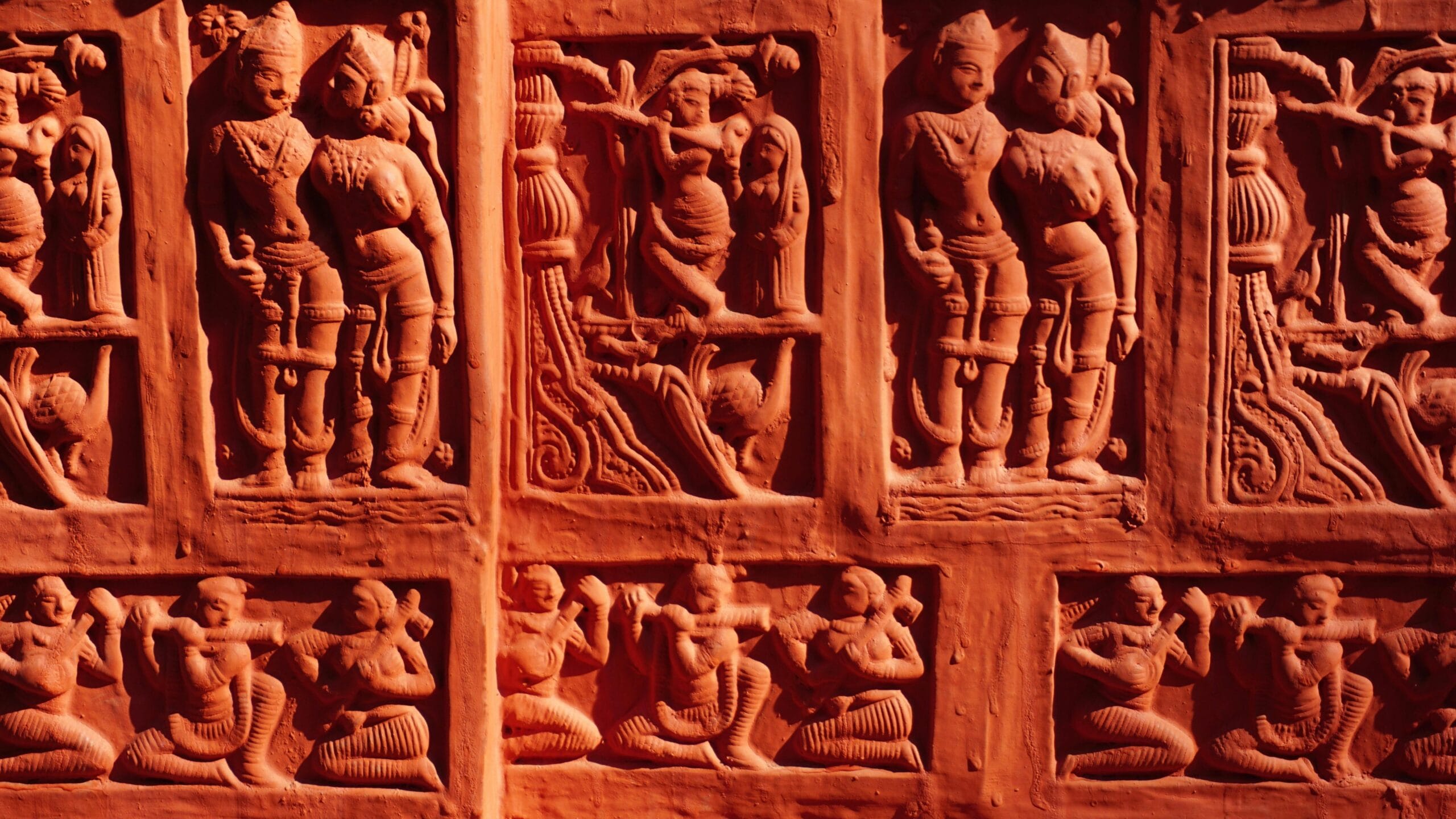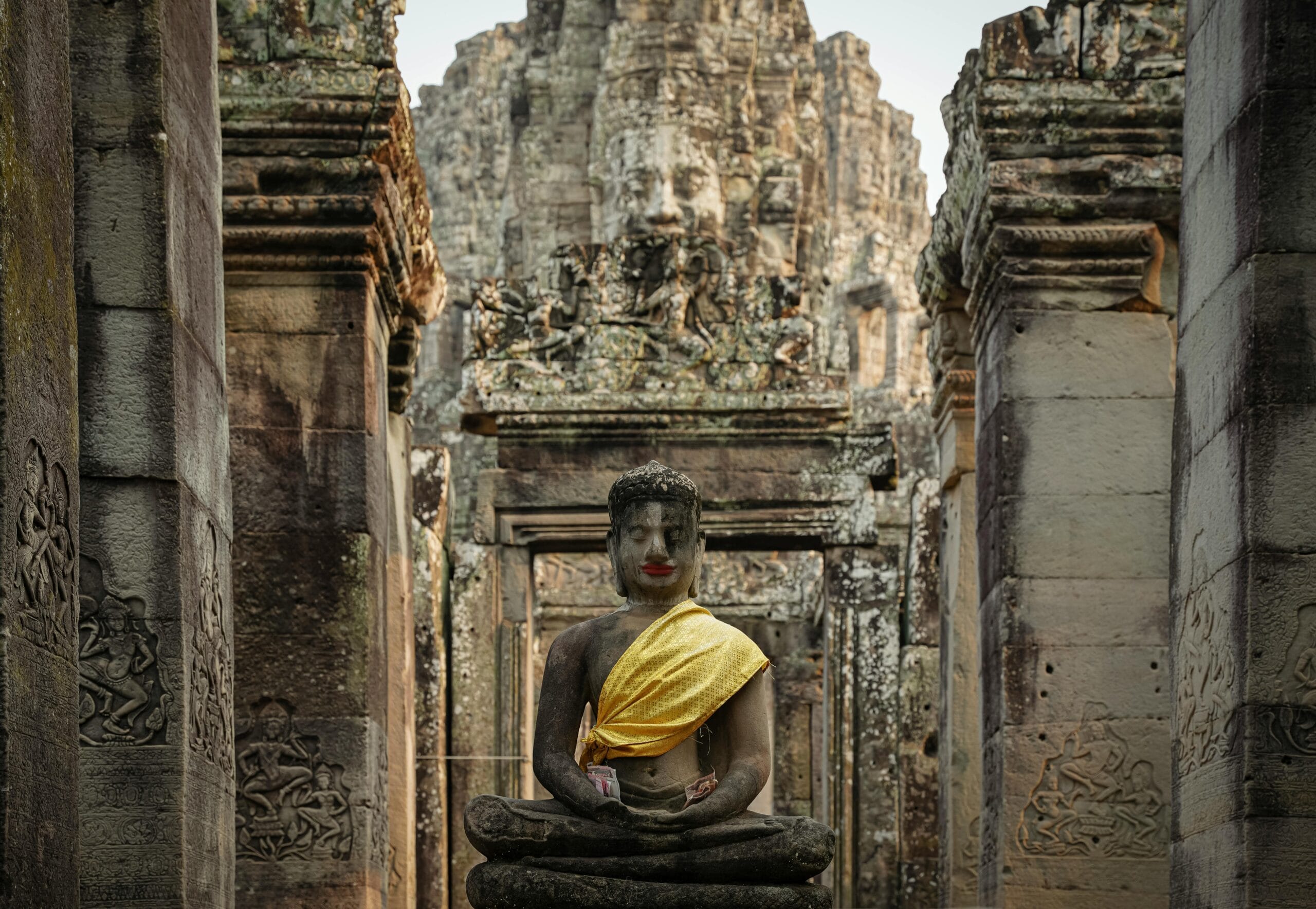Casteism in Indian Cinema: A Deep Dive
Welcome to a critical examination of how casteism manifests within Indian cinema. This analysis delves into the industry’s role in shaping and reflecting societal biases, particularly those rooted in caste. The history of cinema, a powerful medium for storytelling, has also been a vehicle for perpetuating social norms, including deeply ingrained prejudices. This article will explore how Indian cinema has played a significant role in both reflecting and reinforcing caste-based discrimination. Let’s discuss Casteism in Indian Cinema!!
The Evolution of Storytelling and Its Impact
Storytelling has been a fundamental aspect of human development, serving as a crucial tool for transmitting knowledge, beliefs, and social norms across generations. These narratives, communicated through various mediums like stories, dances, music, and rituals, have profoundly influenced how societies perceive and understand the world. For example, oral traditions passed down through families shape cultural identities.
Table of Contents:
- The Power of Visual Storytelling
- Influence on Thought and Behavior
- Cinema as a Mirror of Society
- The Duality of Caste Representation in Films
- Caste Pride: Casteism in Indian Cinema
- The Vanishing of Marginalized Communities
- The Shift Towards NRI-Centric Narratives
- The Impact of Stereotypes and Tokenism
- Casteism in the Post-2010 Era
- The Challenges of Representation and the Way Forward
- What can you do?
The Power of Visual Storytelling
Prior to the advent of cinema, narratives were conveyed through more traditional, less impactful means. However, the invention of cinema revolutionized this process. Cinema, by combining storytelling with visual and auditory elements, created a powerful medium capable of profoundly impacting human consciousness. The combination of visuals, music, and emotions allowed cinema to establish ideas and values more effectively, influencing both conscious and subconscious minds.
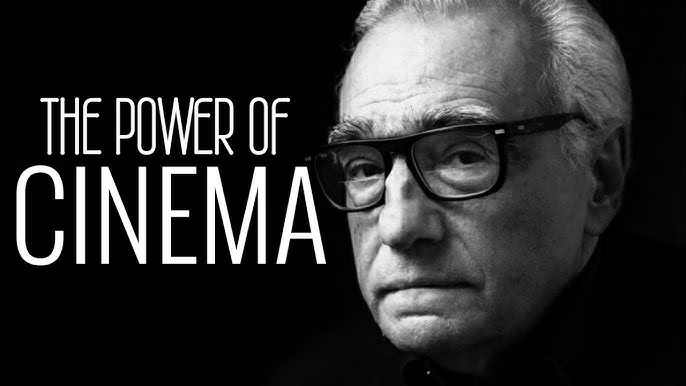
Influence on Thought and Behavior
Cinema became a dominant form of expression, especially in developing countries like India, where the intellectual understanding of cinematic elements may not be as prevalent. Consequently, cinema in India has played a pivotal role in shaping societal norms and values. The visual impact of films is particularly strong in areas with lower literacy rates, amplifying its influence.
Cinema as a Mirror of Society
The Indian film industry is over a century old. Over this time, cinema has served as a mirror to Indian society, reflecting both its strengths and its flaws. Movies, while often presenting fictional stories, capture the essence of social realities. Just as a mirror reflects the physical world, cinema reflects the social realities, including the complexities of caste.
Reflecting Societal Norms and Values
Films offer a glimpse into the societal structures, attitudes, and challenges faced by the people. Just as European and American cinema reflects the social landscape of those regions, Indian cinema mirrors the Indian social environment. This reflection, however, isn’t always positive; the industry also portrays aspects of society, including discrimination and prejudice.
The Duality of Caste Representation in Films
Casteism in Indian cinema is displayed in two primary ways: the promotion of caste pride and the occasional attempts to address caste discrimination. Films that promote caste pride often celebrate the perceived superiority of certain castes, while those that aim to counter casteism are few in number. However, there’s a notable pattern: both types of films often feature upper-caste actors in leading roles. This pattern points to the deep-seated caste biases present within the industry itself.
Caste in Film Production
The Indian film industry, like other social spheres in India, reflects caste dynamics. It tends to be dominated by people from specific so-called “upper-caste groups”, affecting representation both in front of and behind the camera.
This often leads to a lack of diversity in the industry. The industry’s structures contribute to a lack of representation for marginalized communities, perpetuating the cycle of underrepresentation.
Absence of the Underrepresented
The industry often fails to represent the weaker sections of society in an authentic and nuanced manner. The portrayal of individuals from marginalized castes is often handled by those from upper castes, who may not have a true understanding of the lived experiences of these communities. This lack of authentic representation perpetuates harmful stereotypes.
Caste Pride: Casteism in Indian Cinema
Movies that promote caste pride are quite prevalent in the Indian film industry. In these films, the protagonist often fights to uphold the honour of their caste. They portray caste not as a problem, but as a source of pride and honour.
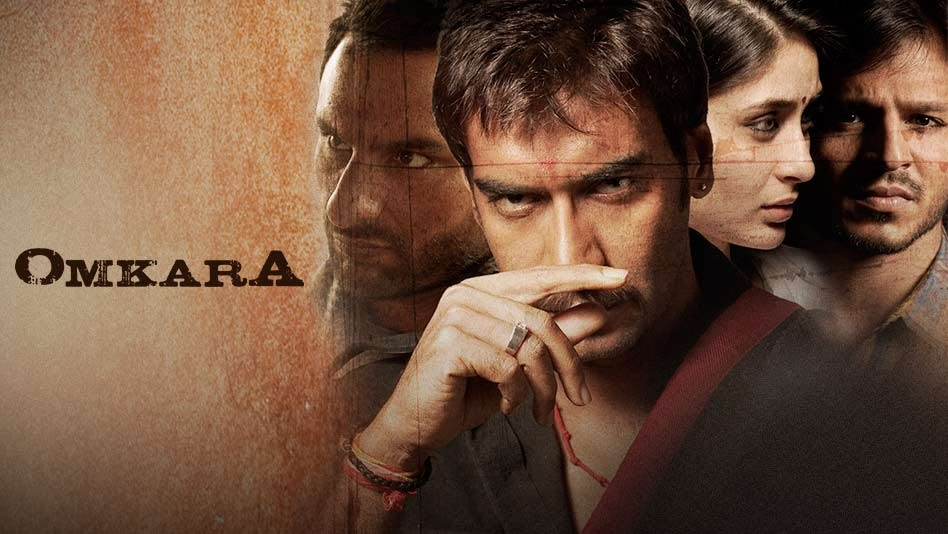
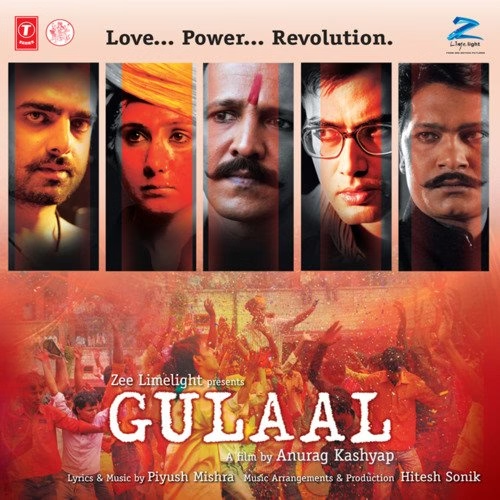
The narratives often glorify the traditions and values of specific castes, reinforcing hierarchical structures.
Examples of Caste Pride
Many films directly or indirectly promote caste pride. The hero often fights to establish his caste’s dominance. In these films, the villains are usually from lower castes, reinforcing the portrayal of the upper castes as heroic and the lower castes as antagonists. This trend is evident in films like Swadesh, Omkara, Dabangg, Bullet Raja, Bilan, Piku, and Tanu Weds Manu, Jolly LLB, Bajrangi Bhaijaan, and Baaghi, and Toilet: Ek Prem Katha.
The Absence of the Marginalized
A critical analysis reveals that the narratives of the majority, especially the SC/ST/OBC communities, are often absent from the cinematic landscape. The focus is typically on stories and issues related to the upper castes, excluding the narratives and experiences of the majority of the population. The choice of stories is a reflection of the target audience of the industry – the ones who have disposable income to spend on entertainment.
The Changing Nature of Villains
In the past, villains were often portrayed as belonging to certain castes. Over time, this pattern has changed, with villains also coming from upper castes, indicating a shift in the way caste dynamics are depicted. This change reflects the evolution of societal perceptions, but it does not eliminate the presence of caste-based biases.
The Vanishing of Marginalized Communities
The shift towards multiplex culture has further marginalized communities. The focus of movies has moved towards the multiplex audience, which can afford to spend large amounts of money on entertainment. The stories of the majority, the SC/ST/OBC communities, have largely disappeared. This is because the industry is targeting the audience who is able to spend large amounts of money on the movies. Consequently, the stories of the less affluent are often overlooked.
The Changing Narrative Landscape
As cinema evolved, the primary audience also changed. With the advent of multiplexes and increased ticket prices, the focus shifted to catering to the urban, affluent audience, who could afford to pay more for the experience. This change impacted the nature of stories and the representation of different communities.
The Shift in Storytelling
Movies now often revolve around the issues faced by the upper castes, while narratives of the marginalized communities like the manual scavengers, or those who work with leather, have disappeared. The focus has moved towards stories of the privileged.This shift excludes the experiences of many Indians.
The Evolution of the Hero
The evolution of heroes in Indian cinema has also reflected societal changes. The heroes are now often from upper castes, symbolizing a shift in the cinematic representation of social structures and the audience it serves. The narratives and their focus have shifted, further marginalizing many communities.
The Shift Towards NRI-Centric Narratives
Following economic globalization and the opening of markets, Indian cinema’s focus shifted to the Indian diaspora. The emphasis on Non-Resident Indian (NRI) characters became prominent. For example, in the 1990s, the stories began to feature protagonists living abroad.
The Rise of the NRI Hero
In the 1990s, the hero became global, embodying the aspirations of the NRI community. These heroes, often from upper castes, maintained their caste-based backgrounds even as they relocated overseas. This shift reflects the economic and social changes in the country.
The Changing Face of the Hero
The focus shifted from stories of the working class, the poor to upper-caste NRIs. This shift reflects a change in the industry, as the stories catered to the lifestyles and concerns of the affluent Indian diaspora, often overlooking the struggles of those in the country’s working class. The heroes of the movies started embodying the values and lifestyles of those who could afford to spend money on movies.
Exclusion of the Marginalized
Films focused on the lives of wealthy Indian communities in countries like Canada, America, and Australia. These movies did not focus on the hardships of those who were taken overseas as slaves or indentured laborers. The narratives often disregarded the stories of the marginalized communities, reinforcing their exclusion.
The Impact of Stereotypes and Tokenism
Cinema has been instrumental in creating and reinforcing stereotypes, which have a significant impact on how different communities are perceived. This is particularly evident in the portrayal of various social groups and their roles. The industry tends to perpetuate stereotypes and tokenism, rather than authentic representation. They project an image of what the society is. The use of these tropes limits understanding.
The Perpetuation of Stereotypes
Stereotypes create a fixed and often inaccurate image of social groups. The industry uses stereotypes in many ways, from physical characteristics to the roles assigned to various communities. These stereotypes oversimplify the diversity and complexity within communities, which leads to biased perceptions.
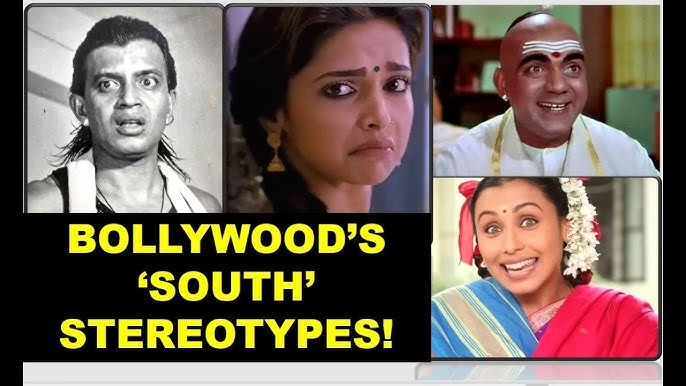
Tokenism and its Effects
The industry also uses tokenism, where individuals from marginalized groups are included for the sake of appearance but are not given meaningful roles or storylines. The presence of such token characters does not challenge the underlying biases, but instead reinforces them. They are merely there to fill a quota, without changing anything about the narrative itself.
Casteism in the Post-2010 Era
In the post-2010 period, the open display of caste identity became more pronounced in films. The names of characters and their backgrounds often reflect their caste affiliations. The movies reflect the increasing visibility of caste identities, and the narratives are less subtle.
The Overt Display of Caste
Post-2010 movies openly display the caste identities of the heroes and heroines, reflecting an explicit embrace of caste-based labels. This shift marks a departure from a time when caste was indirectly revealed through narrative cues. It can both reflect and influence societal attitudes.
Lack of Diverse Representation
In this new era, the narratives often focus on the upper castes, thus marginalizing the struggles of others. The shift in storytelling is a reflection of the societal changes. The focus on those who live a specific lifestyle further marginalizes the communities that have historically faced discrimination.
The Challenges of Representation and the Way Forward
The portrayal of caste in Indian cinema continues to be a complex and evolving issue, reflecting broader societal dynamics. The challenge lies in creating more inclusive and equitable representation. Can Indian cinema truly reflect the diversity of its society if it continues to marginalize the narratives of the majority?
The Need for Authentic Narratives
Films often present narratives that reinforce existing biases. To counteract this, the industry needs to prioritize authentic storytelling. This involves ensuring that diverse voices and experiences are reflected in the narratives. This can be achieved by supporting and promoting the works of filmmakers from marginalized communities.
Empowering Marginalized Voices
One of the key aspects of creating diverse representation is the need for empowering the members of marginalized communities in the industry. This includes supporting their roles, hiring them in all aspects of film production, and ensuring their stories are told accurately.
Breaking Stereotypes
The industry must actively break down stereotypes and replace them with more realistic and multidimensional representations. This involves moving beyond simplistic, often negative portrayals and showcasing the diversity within each community.
What can you do?
Addressing the issue of casteism in Indian cinema requires collective action. Here’s how you can contribute to positive change:
- Support Inclusive Content: Actively seek out and promote films that offer diverse and accurate representations of different communities. Share these films and discuss them with others.
- Critically Analyze: Watch films with a critical eye, being aware of the stereotypes and biases present. Question these portrayals and discuss them.
- Promote Dialogue: Engage in conversations about representation in cinema. Encourage open and honest discussions about the issues and how they affect different communities.
- Support Independent Filmmakers: Support independent filmmakers who are trying to produce inclusive and authentic content. Consider contributing to crowdfunding campaigns or sharing their work.
- Encourage Diversity: Support initiatives to create more inclusive environments in the film industry. Advocate for diversity in casting, writing, directing, and all aspects of film production.
By being mindful of the representation of caste in Indian cinema and actively supporting inclusive content, we can work towards a film industry that reflects the rich diversity of our society and contributes to a more equitable and just world.
In conclusion, the pervasiveness of casteism within Indian cinema presents both challenges and opportunities. By acknowledging the historical and ongoing impact of caste-based biases, and by actively supporting films that promote inclusivity and challenge stereotypes, we can contribute to a more just and representative film industry that reflects the true diversity of India.
Read more about Casteism in Instagram Reels.
Casteism in Cricket: Discrimination in India’s Favorite Sport
Read more about Casteism in Indian Cinema.
Do you disagree with this article? If you have strong evidence to back up your claims, we invite you to join our live debates every Sunday, Tuesday, and Thursday on YouTube. Let’s engage in a respectful, evidence-based discussion to uncover the truth. Watch the latest debate on this topic below and share your perspective!
